While wizards need to study their spells and clerics and warlocks have to beg higher powers for them, sorcerers are just built different. In Dungeons & Dragons, sorcerers pull their power from deep inside themselves.
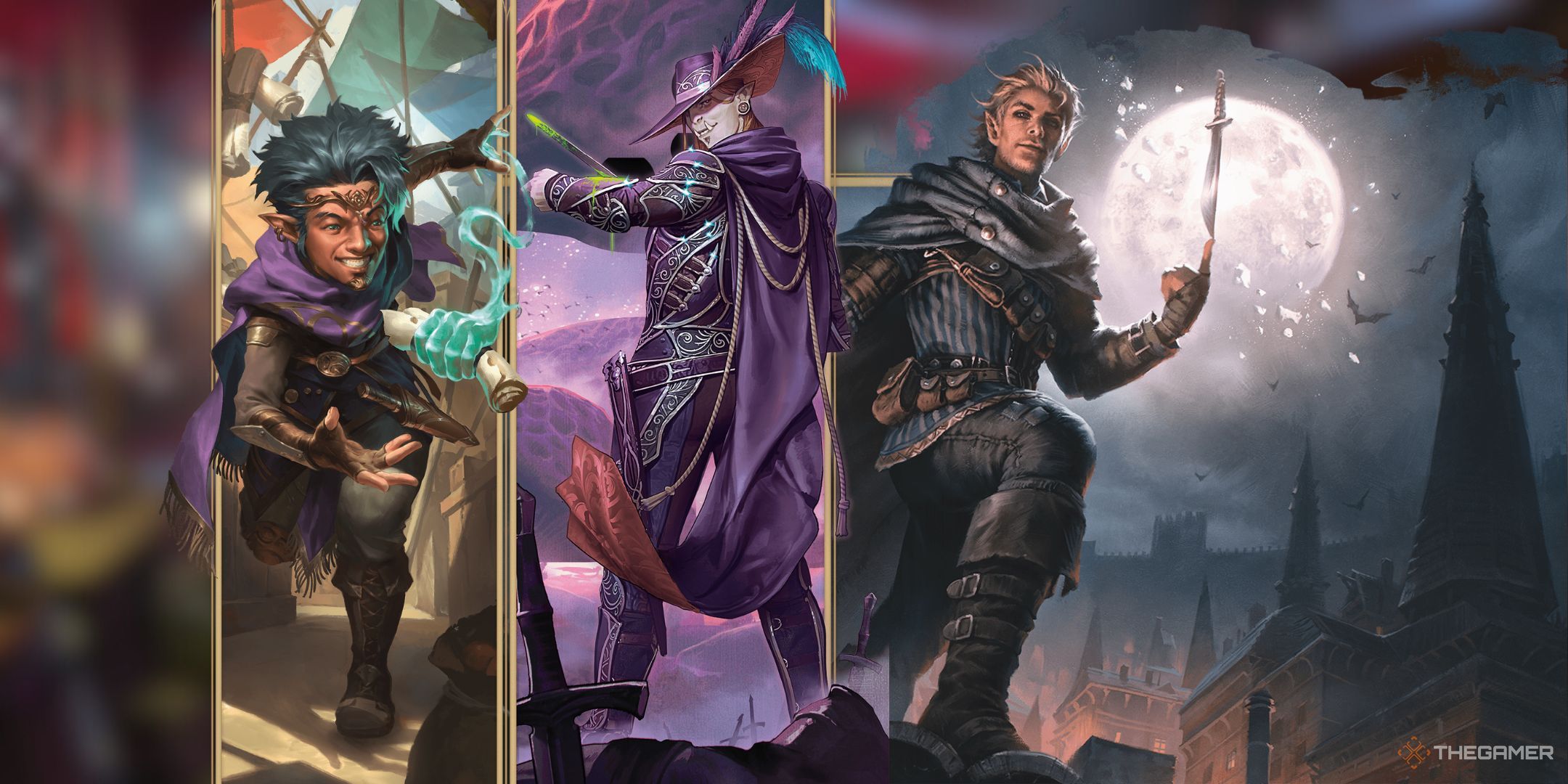
Related
Dungeons & Dragons: How To Build A Rogue
Why wouldn’t you want to play a rogue? This guide covers everything you need to know about the angstiest class in D&D.
Since a sorcerer’s talent comes from natural talent, they’re much more proficient at the lower number of spells that they have access to and are adept at social situations. Whether you’re looking to play an arcane spellcaster in a city or court setting with lots of social interaction or need a blaster for a dungeon crawl, a sorcerer may be the class you need.
Updated January 30, 2025 by Jack Filsinger: Sorcerers are still one of the most popular and fun classes worth playing in Dungeons & Dragons. We’ve updated this guide with two additional elements to consider in your build: magic items and alignment, as well as reorganized some sections for clarity so you have everything you need for your sorcerer build in DND.
Sorcerer Highlights
Sorcerers are arcane spellcasters, like wizards, but they rely on Charisma as their spellcasting stat rather than Intelligence. This is because, unlike wizards, sorcerers don’t learn magic from books and scrolls, but rather develop it as a talent thanks to their heritage or experiences.
Sorcerers might not be book-smart, but they’re certainly street-smart, using their high Charisma to influence the people around them.
They make excellent leaders for an adventuring party and can excel at negotiating and haggling even when magic isn’t required.
Due to the nature of their abilities, sorcerers have access to fewer spells than other full-caster classes, but they’re specialists with those spells. This specialization allows them to modify their spells on the fly, making them stronger, faster, and more precise.
Differences From The 2024 Player’s Handbook
Sorcerers picked up a lot of improvements since the 2014 version of the Player’s Handbook. One of the biggest changes is the huge increase in the number of spells they prepare: the 2024 sorcerer can prepare up to 22 spells, almost 50 percent more than the 15-spell cap in the 2014 version.
Along with the raised prepared spell cap, sorcerers can now trade out a cantrip each time they level up.
Trading out cantrips is useful if you build a character with cantrips for a specific setting, role, or level range, but find your needs changing as you level up.
The new Innate Sorcery ability allows sorcerers to trade a Bonus Action for a full minute of increased spell save DCs and attack rolls for sorcery spells. They can do this twice each Long Rest, and at level seven they can trade Sorcery Points to regain uses.
Innate Sorcery continues to improve at levels seven and 20. In addition to the ability to regain uses in exchange for Sorcery Points, starting at level seven, you can also use two Metamagic options on a spell while it’s active.
At level 20, you can use a Metamagic option without spending Sorcery Points on it.
Metamagic has also received an overhaul: Metamagic is now available at level two (down from three), and like cantrips, you can change your Metamagic selection as you level up instead of being stuck with one that turned out to be a poor choice.
Sorcerous origin has been changed to sorcerer subclass and is now selected at level three instead of at character creation.
Draconic and wild magic are still in the Player’s Handbook and have received significant buffs. They are joined by aberrant mind and clockwork, virtually unchanged from Tasha’s Cauldron of Everything.
If finding the origin of your magic talent doesn’t make sense several sessions into the adventure, talk to your DM about roleplaying it early without the class features.
Your level-one draconic sorcerer might feel the need to hoard gold coins, or maybe your aberrant mind sorcerer has nightmares and sees unearthly colors on the edge of her vision. These can be played out without affecting game balance.
Finally, Sorcerous Restoration has moved down from being a level-20 capstone to a level-five feature. Starting at level five, you can regain Sorcery Points equal to half your level after a Short Rest, but you can only do that once per Long Rest.
Subclass Highlights
The 2024 Player’s Handbook includes four subclasses for sorcerers. Returning from the 2014 Player’s Handbook are the wild magic and draconic sorcerers, and they’re joined by the aberrant mind and clockwork soul sorcerers from Tasha’s Cauldron of Everything.
Aberrant mind and clockwork soul are almost unchanged from the original version, except that they can no longer trade out the bonus spells from the subclass. Meanwhile, draconic sorcerers have received a buff in both function and flavor, while wild magic has become a little more reliable.
Aberrant Mind
Aberrant mind sorcerers gain psionic-like abilities as the result of some kind of otherworldly influence. As a result, they gain access to a handful of Psionic Spells, such as Detect Thoughts, Mind Sliver, and Telekinesis, and the ability to use their Sorcery Points instead of spell slots to cast those spells.
Aberrant mind sorcerers also gain a few more mental must-haves, like free telepathy (with one character at a time) and the ability to warp their bodies to fly, breathe underwater, see through invisibility, and other abilities.
Aberrant mind is a flavorful pair with Great Old One Patron Warlocks.
Clockwork Soul
Sorcerers are often more chaotic spellcasters, but clockwork souls sorcerers gain their power from law and order. Clockwork soul sorcerers gain access to a list of Clockwork Spells such as Lesser Restoration, Dispel Magic, and Freedom of Movement.
These spells are all thematically focused on balance, especially around removing negative effects.
Clockwork souls are an excellent addition to parties without a dedicated healer, as they can provide protection from various effects and distribute shields and temporary hit points. They offer little in the way of offensive advantage, though, so combat-focused sorcerers should choose another subclass.
Draconic Heritage
Draconic sorcerers are the tried-and-true classic, gaining their power from the natural magic of dragons.
Dragons are natural sorcerers, so draconic sorcerers gain access to Draconic Spells that represent a dragon’s power, like Dragon’s Breath or Fly, or that represent their innate Charisma, like Command and Fear.
Draconic sorcerers are the toughest subclass, gaining extra hit points as well as adding their Charisma bonus to their unarmored AC. They also pick up an affinity for one type of energy damage of their choice. All of these features make them excellent blasters and combat spellcasters.
Wild Magic
Wild magic sorcerers are a favorite of chaotic players for the hijinks that they can create. This is the only subclass that gains no extra spells, but instead can roll for a random effect every time they cast a spell of level one or higher.
Effects can range from healing yourself and your allies, casting free spells, or turning into a pot of petunias.
The results of the Wild Magic table are mostly beneficial, and several effects have been buffed since the 2014 version, allowing players to use Wild Magic without worrying about quite as many drawbacks.
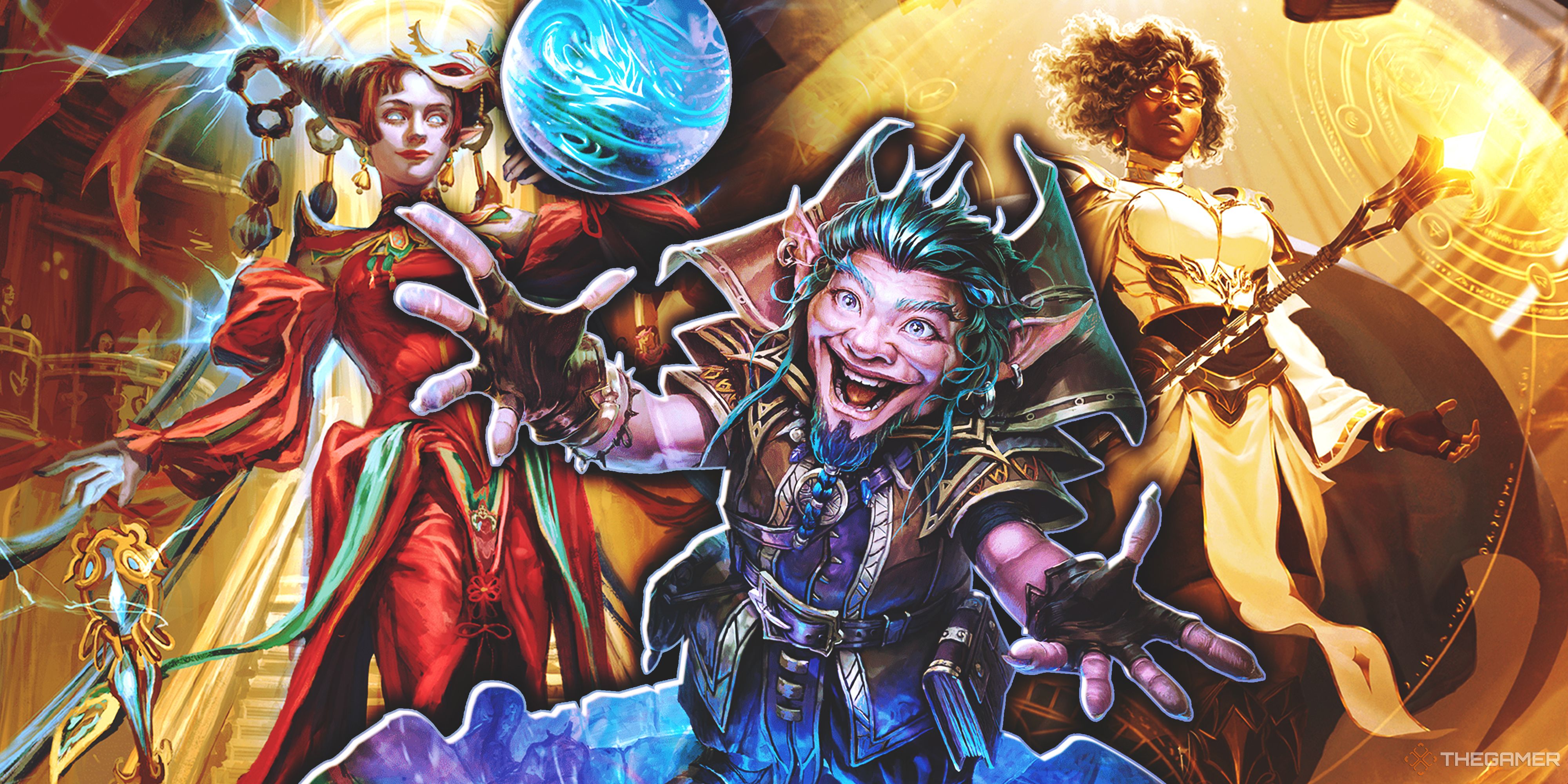
Related
Dungeons & Dragons: What’s The Difference Between A Wizard, Warlock, And Sorcerer?
Discover the key differences between these spellcasters.
Best Species Options
There are a handful of great species options that lend themselves perfectly to the sorcerer class.
Each of these has something different to offer in terms of build, but all make for great innate spellcasters with a charismatic twist.
|
Species |
Useful Features |
Details |
|---|---|---|
|
Elves |
|
By playing an elf, you can gain access to spells outside of your standard spell list, as well as gain access to additional proficiencies. |
|
Humans |
|
Due to human’s flexible build options, you can customize your sorcerer to your heart’s content. |
|
Tieflings |
|
Having damage resistance as a sorcerer is nothing to scoff at, and extra spells are always helpful. |
|
Aasimar |
|
Combining the power of flight with an extra dose of healing can make it hard to take out your sorcerer in combat. |
Best Stat Placement
Charisma is your most important ability score, and you should place your highest value there. It’s the stat that increases your spell saves, so the higher your Charisma is, the more powerful your spells are.
Sorcerers only have a d6 hit die, and no class armor proficiencies, so Dexterity and Constitution are the next two important stats. Dexterity increases your armor class and can help with important saves, while Constitution increases your hit points and helps with Concentration checks.
Whether you prioritize Dexterity or Constitution depends on factors like whether you’ll pick up an armor proficiency and how much healing you have available in your party.
Wisdom should be the next priority because Wisdom saves are one of the more common types you’ll probably make. Insight is also a good skill to complement the negotiating you’ll often find yourself doing on behalf of the party.
Arcana and Religion are important Intelligence skills, and both are on the sorcerer skill list. If you’re the only arcane spellcaster, expect to make these checks frequently. Otherwise, let another character handle the smart stuff.
Strength is your least useful stat, and can be used as a dump stat for your lowest ability score.
Best Spells For Sorcerers
The spells you choose are going to be based on the needs of your campaign.
If your party needs a blaster, you’ll want lots of big area of effect (AOE) damage spells. If the campaign is based around political intrigue and subterfuge, spells that help you manipulate people or turn invisible will be more helpful.
Talk to your DM before building any character. They want you to have fun, and can help you build your character to fit in their campaign without spoiling it.
Sorcerers have access to a lot of spells, and most campaigns run in the lower level range, so we’ll only cover a couple of recommended spells for the lower levels.
|
Spell |
Level |
Effect |
|---|---|---|
|
True Strike |
0 |
True Strike allows you to use Charisma for your attack and damage rolls with a weapon, and to choose between your normal weapon damage or Radiant damage. The damage also increases as you level up. Combined with a crossbow, this is a reliable offensive cantrip that almost nothing resists. |
|
Sorcerous Blast |
0 |
Sorcerous Burst can be cast as a variety of elements, making it really versatile, and can do a lot of burst damage: whenever you roll an 8 on the d8 damage die, you get to add a damage die, up to your spellcasting ability modifier. |
|
Shield |
1 |
Shield is a reaction spell that blocks Magic Missile and increases your AC by five when you would get hit by an attack. That’s enough to deflect a lot of blows at lower levels, and it gives you a lot more survivability. |
|
Detect Magic |
1 |
Detect Magic allows you to passively sense magic for ten minutes, which is great for spotting cursed items and traps that the Rogue might not be equipped to find. It can also be cast as a ritual, allowing you to use it without expending a spell slot. |
|
Web |
2 |
Web is an excellent battlefield management spell, especially against other spellcasters. It creates a 20-foot cube of sticky webs that requires a Dexterity check to avoid getting tangled in, and a Strength check to break out. Plus it’s flammable! |
|
Arcane Vigor |
2 |
Like the Shield spell, Arcane Vigor adds to your survivability. This spell allows you to heal yourself as a bonus action, and scales up as you cast it at higher levels. |
|
Fireball |
3 |
Fireball is basically unchanged from the 2014 Player’s Handbook, which makes sense because you don’t mess with perfection. It’s especially good with the Draconic Sorcery subclass and Elemental Adept feat, both choosing fire. |
Best Starting Equipment
As a Sorcerer, you can choose between a Spear, two Daggers, a crystal Arcane Focus, a Dungeoneer’s Pack, and 28 GP, or 50 GP to equip yourself.
If you choose the default kit, it’s a good idea to add a Light Crossbow and a Case of Crossbow Bolts, which costs 27 GP. If you’re building a kit from piecemeal, also consider trading the crystal Arcane Focus for a Staff, which costs half as much as doubles as a Quarterstaff.
Sorcerers are proficient with all simple weapons, but do not gain access to Weapon Mastery without investing a level in another class or taking a feat.
The highest damage for a simple weapon is 1d8, which is shared by the greatclub, quarterstaff (swing with both hands), and light crossbow.
Since the class is not built for melee, go for the light crossbow as your primary weapon.
With True Strike as one of your cantrips, the light crossbow will average more damage than Fire Bolt or other offensive cantrips.
Best Feats And Backgrounds
There are far too many feats to cover in detail, so instead, we’ll focus on a few good options in each category.
|
Feat |
Type |
Reason |
|---|---|---|
|
Alert |
Origin |
Adding your Proficiency Bonus to your Initiative roll means you’re more likely to go first, which means you can use AOE spells on opponents without the risk of hurting your friends. You can also trade your Initiative with a friend, allowing the two of you to strategize more effectively. |
|
Elemental Adept |
General |
You gain +1 to your Charisma score, and can choose to ignore Resistance to damage of the type of your choice. This is great for draconic sorcerers, who focus on a single element. |
|
Fey-Touched |
General |
You gain +1 to your Charisma score, plus Misty Step and another level-one Divination or Enchantment spell that you can cast once per day without using a spell slot. These spells can also be cast from your spell slots, and don’t need to be on the sorcerer class list. |
|
Inspiring Leader |
General |
You gain +1 to your Charisma score, plus the ability to give your allies a bunch of Temporary Hit Points after both Short and Long Rests. |
|
Lucky |
Origin |
You gain Luck Points as a resource, which you can use to give yourself advantage on skill checks and give your opponents disadvantage on attack rolls. This is a great feat for any class. |
|
Magic Initiate |
Origin |
You gain two cantrips and one spell from the wizard, cleric, or druid spell list. This is useful for increasing your spell pool and gaining access to different ones than you could normally prepare. |
|
Ritual Caster |
General |
You gain +1 to Charisma, and access to level one Ritual spells, regardless of which spell list they’re on. You can cast them with your spell slots, or as rituals without using spell slots. This is a good option if you’re the only arcane spellcaster and need access to staples like Detect Magic and Comprehend Languages. |
|
Telekenetic |
General |
Along with the +1 Charisma increase, you learn the Mage Hand spell, which you can cast without verbal or somatic components like a Subtle Spell and turn invisible. You can also push creatures around the battlefield, moving enemies five feet closer or farther from you if they fail a save and doing the same to allies if they allow it. This is a great feat for battlefield strategists, aberrant minds, and players wanting to roleplay Jedi Knights. |
Sorcerers can arise from any background, but some are more beneficial than others. There are no bad backgrounds for Sorcerers, but these five have the most to offer.
|
Background |
Benefit |
|---|---|
|
Acolyte |
Acolytes have Charisma as an ability score, which is vital. They also gain the Magic Initiate (Cleric) feat, with access to some Cleric spells, plus proficiency in Religion, an important knowledge skill, and Insight, which is good for your likely role as a negotiator. |
|
Charlatan |
Charlatans have the perfect ability score spread for Sorcerers: Charisma, Dexterity, and Constitution. They also get proficiency in Persuasion, and the Skilled feat allows you to choose three more skills or tools to gain proficiency in. |
|
Entertainer |
Entertainers get Charisma and Dexterity ability scores, plus proficiency in Performance and a variety of instruments. Just don’t forget to use your instrument to give Heroic Inspiration to your party after each rest. |
|
Merchant |
Merchants have Charisma and Constitution as ability scores, plus Intelligence if you lean into the Arcana skill. Lucky is a great feat, and they gain proficiency in Persuasion. |
|
Wayfarer |
Wayfarers get both Charisma and Dexterity as ability scores, plus proficiency in Insight, a valuable skill for the party’s Face. Lucky is still an excellent feat, and the Thieves’ Tools proficiency may be useful if your party is down a Rogue. |
Best Multiclass Options
There are several tempting multiclass options for sorcerers, but you’ll often find that gaining more sorcerer levels is more helpful than branching out into other classes and delaying the opportunity to advance as a spellcaster. Still, a few options stand out.
|
Class |
Benefits |
|---|---|
|
Bard |
Bards share Charisma as a spellcasting stat, and gain access to some low-level healing spells to help round out your spell list. |
|
Fighter |
A single level investment pays off with heavy armor and shield proficiency, a Fighting Style, and Weapon Mastery. |
|
Warlock |
Warlocks have better offensive cantrips than Sorcerers, which you gain at level one. You also get a few Magic Pact Slots which you can burn for more Sorcery Points. |
Best Magic Items For Sorcerers
Some Dungeon Master’s allow their players to start with a magic item of certain rarity levels.
If you’re playing a campaign that starts at a higher level, you might also get to start with some extra perks, like these powerful magic items, which are perfect for sorcerers.
|
Magic Item |
Rarity |
Benefits |
|
Cloak of Displacement |
Very Rare (Requires Attunement) |
While wearing this cloak, creatures had disadvantage on attacks made against you. If you take damage, the property ceases to function. For squishy sorcerers, anything that can deflect attacks is a must-have. |
|
Wand of Fear |
Rare (Requires Attunement) |
Can cast Command or Fear by using the charges granted on this wand. This is great for getting melee combatants to leave your vicinity. |
|
Ring of Evasion |
Rare (Requires Attunement) |
When you fail a Dex save, you can take a reaction to succeed, provided the ring has enough charges. Sorcerers don’t want to get caught in big AoE effects, which this ring can help with. |
|
Mantle of Spell Resistance |
Rare (Requires Attunement) |
You have advantage on saving throws against spells while wearing this cloak. The last thing you want is to lose a battle with a fellow spellcaster! This mantle can alleviate that concern. |
|
Medallion of Thoughts |
Uncommon (Requires Attunement) |
While wearing this medallion, you can use one charge to cast Detect Thoughts (DC save 13). Anytime you can get free additional spells is great for sorcerers. |
Best Alignments For Sorcerers
Alignment is much more of a roleplay option than an optimization one, but it’s worth considering when you’re first building your sorcerer.
Sorcerers tend to be more on the chaotic side, but there’s plenty of fun you can have by playing against type with any of these alignments.
|
Alignment |
Benefits |
|
Chaotic Good |
Having good intentions, but allowing chaos to reign makes for a perfect sorcerer build, particularly for wild magic sorcerers. |
|
Lawful Neutral |
Clockwork sorcerers can mesh well with a Lawful Neutral alignment, feeling bound by the restrictive forces of law and time, which are both unbending. |
|
Lawful Evil |
Sorcerers also make great characters for evil-aligned campaigns, and Lawful Evil can prove perfect for a sorcerer who feels bound by the law, but will use their magic to exploit loopholes. |
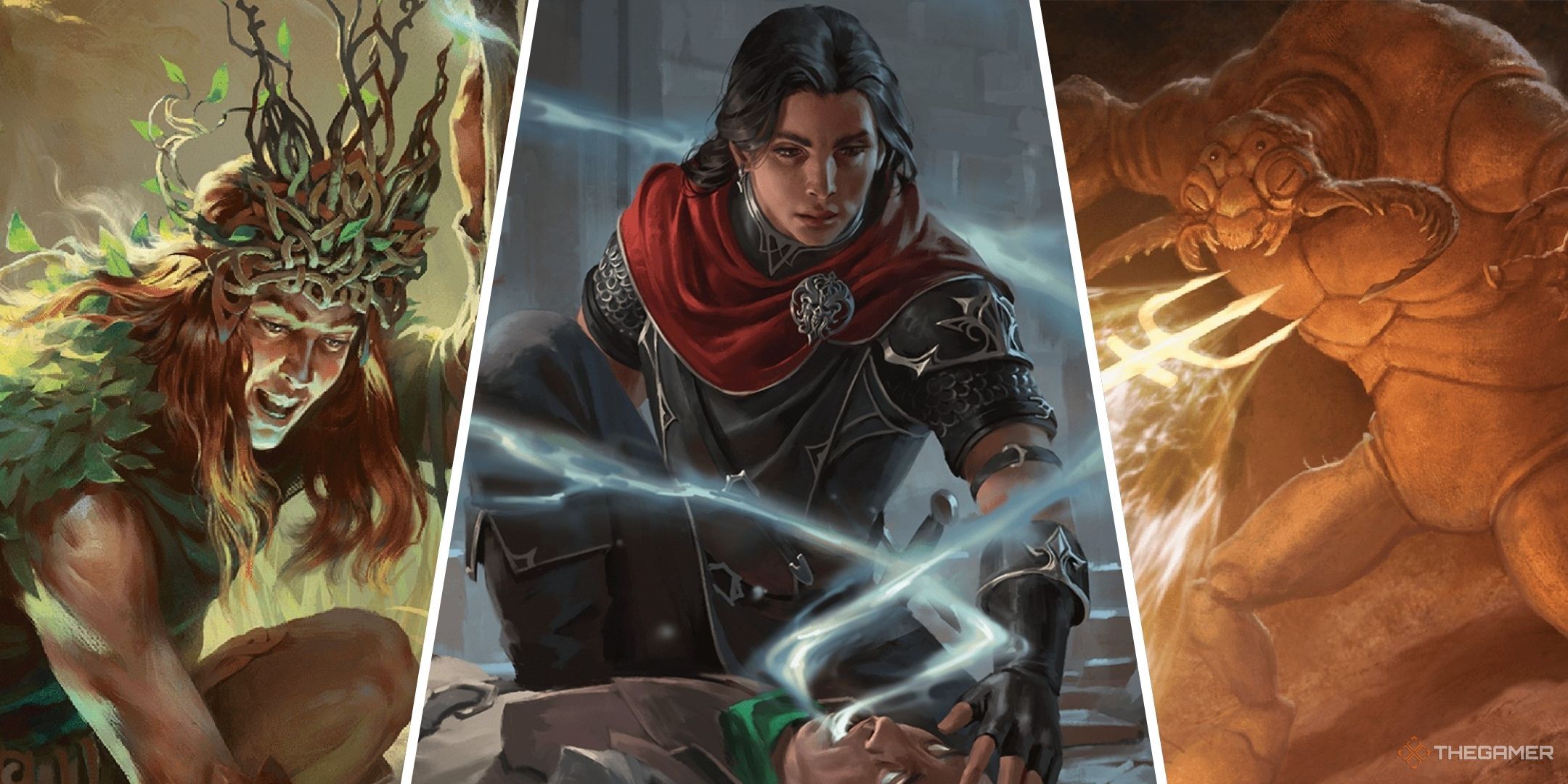
Next
Dungeons & Dragons: 8 Biggest Spell Changes In The 2024 Player’s Handbook, Ranked
From nerfs to buffs, we list some of the biggest spell changes in the 2024 Player’s Handbook.
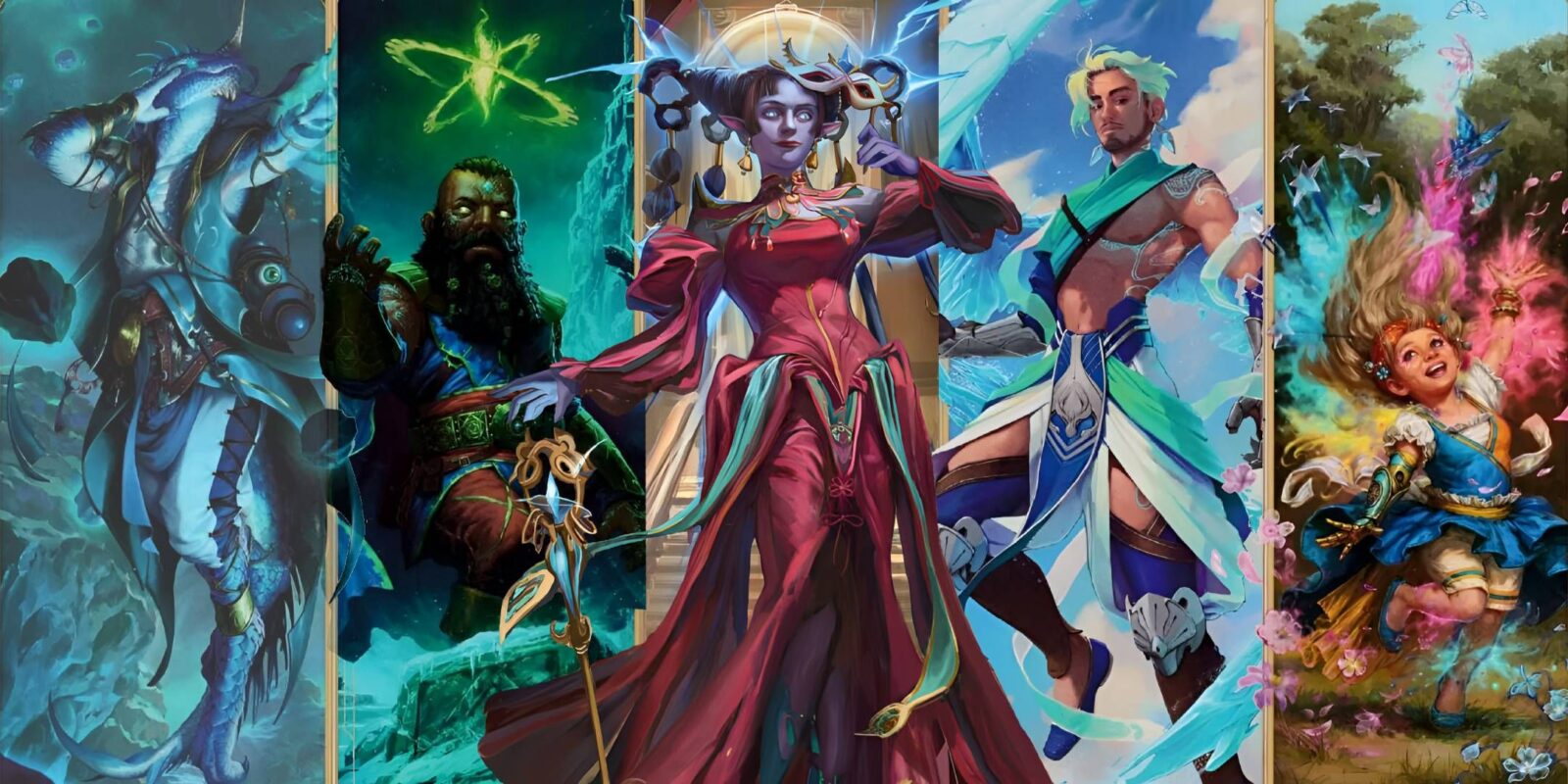
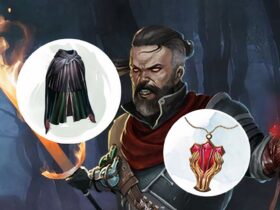

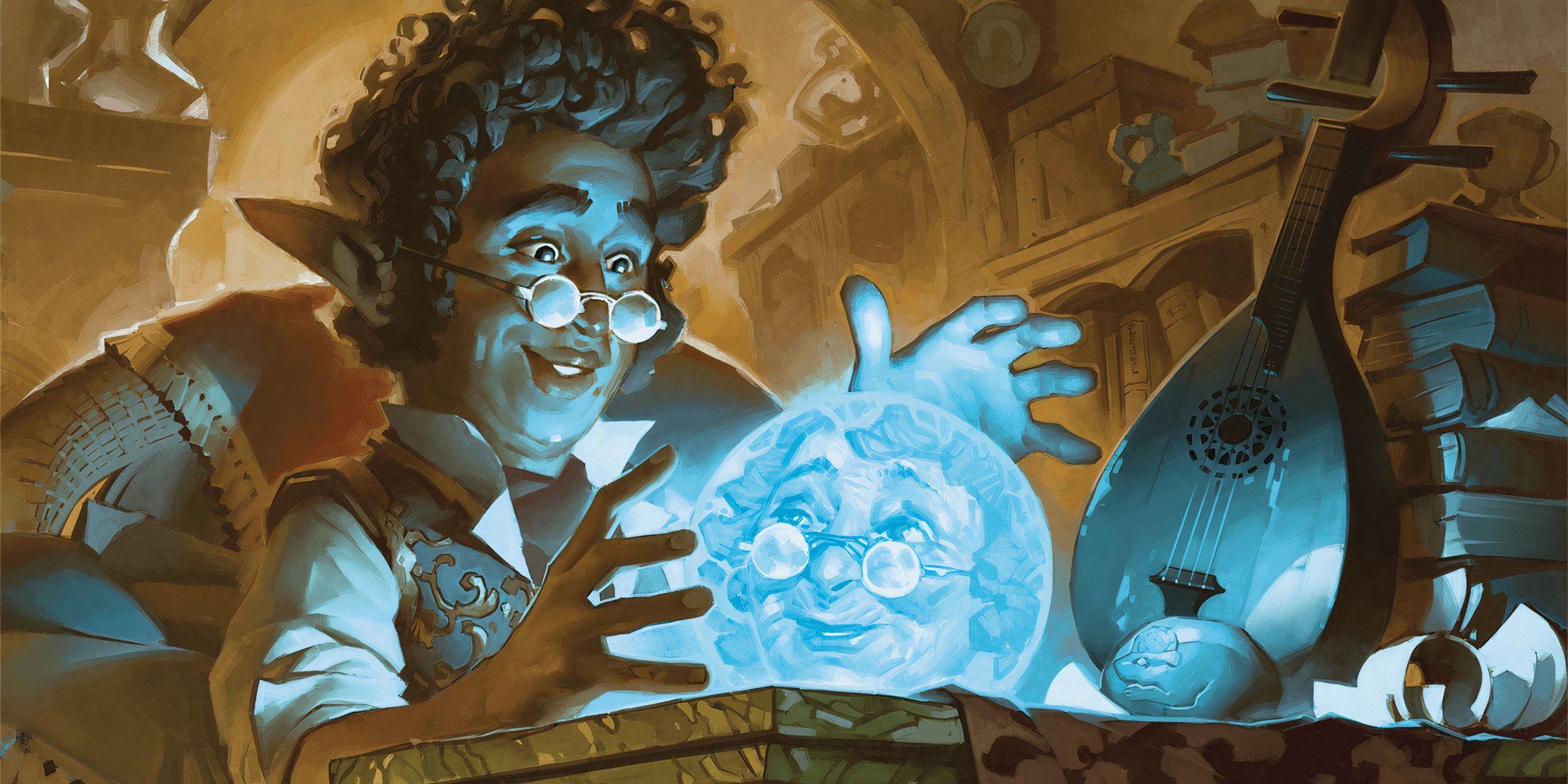
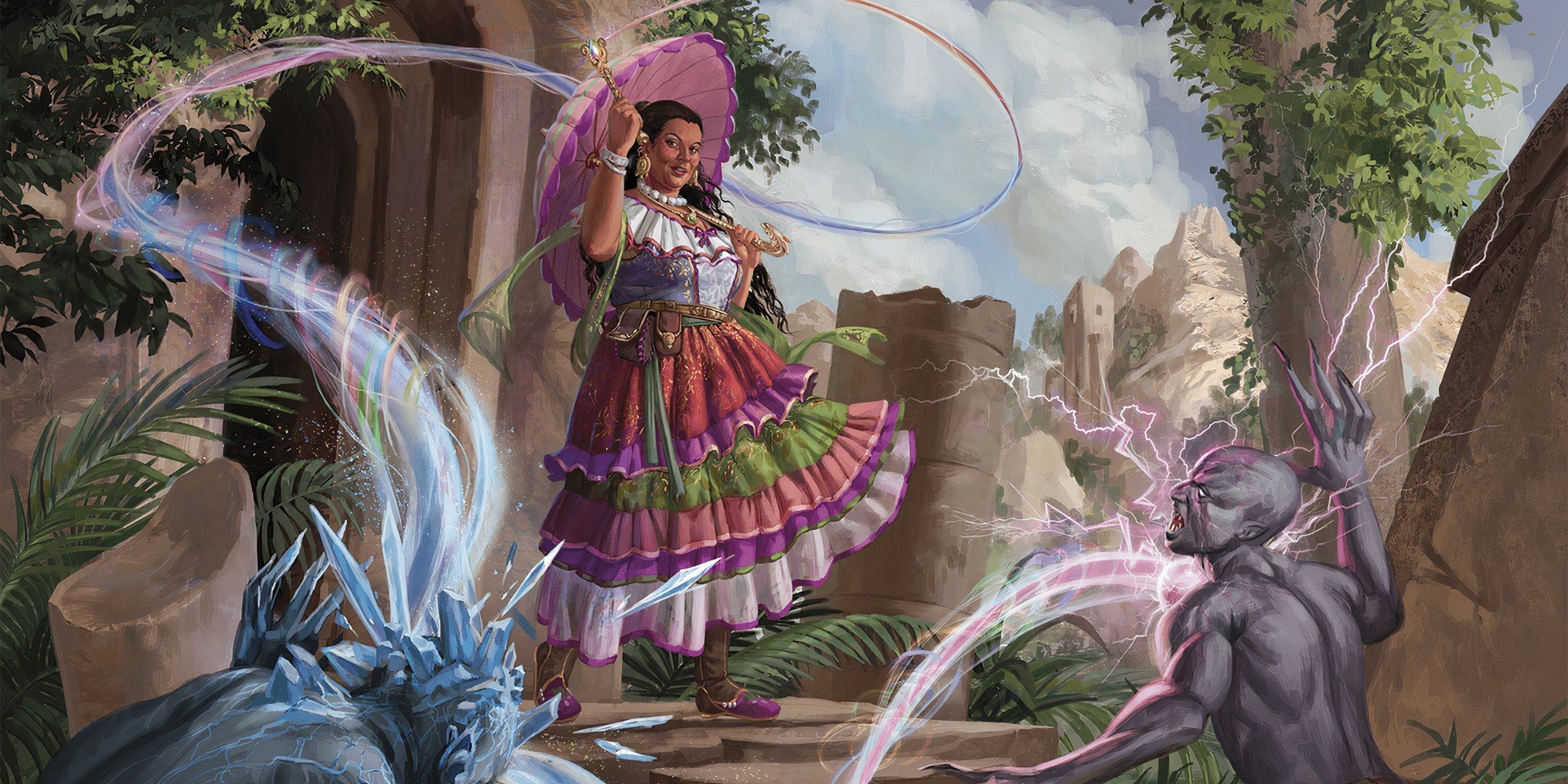
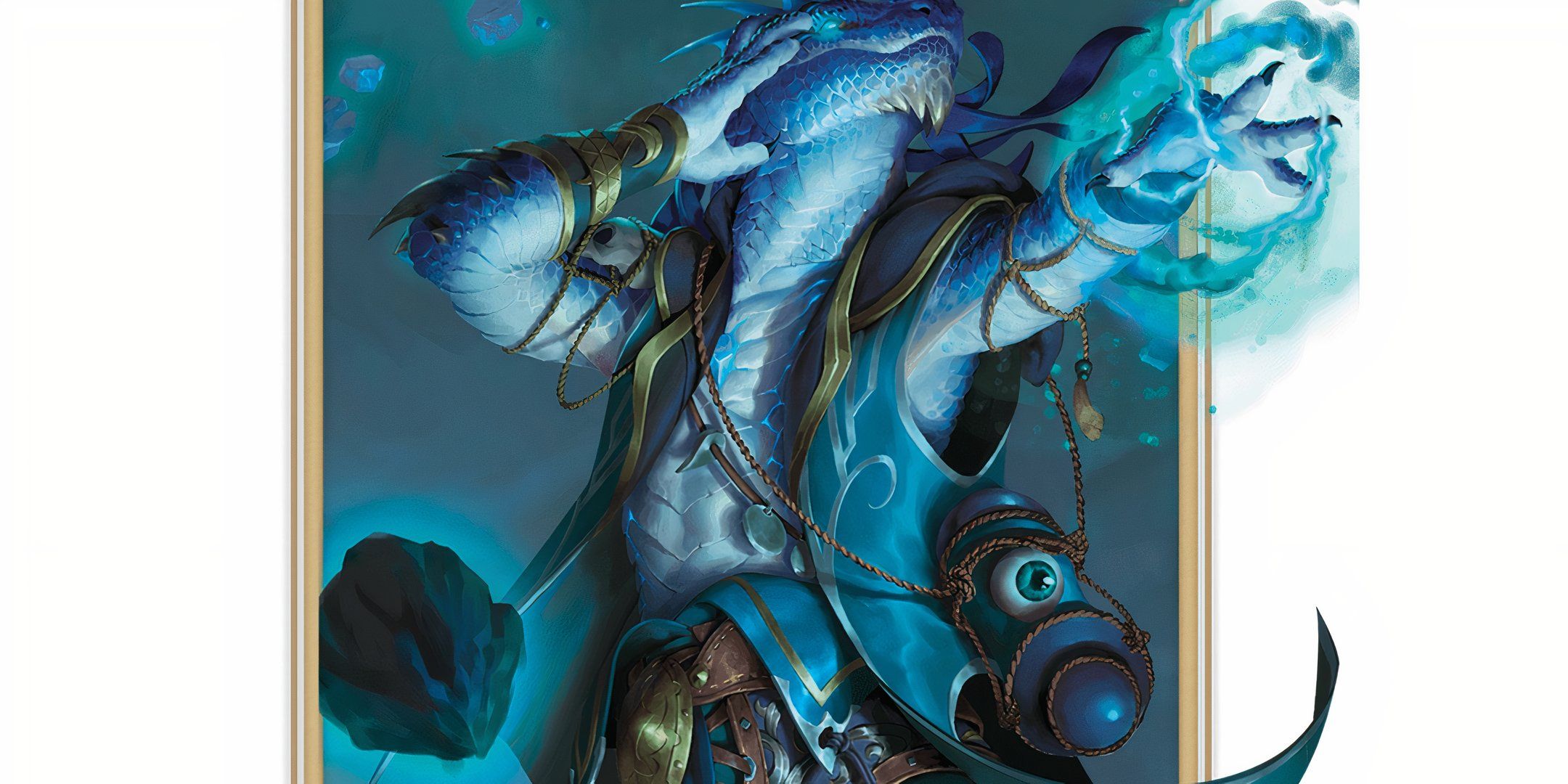
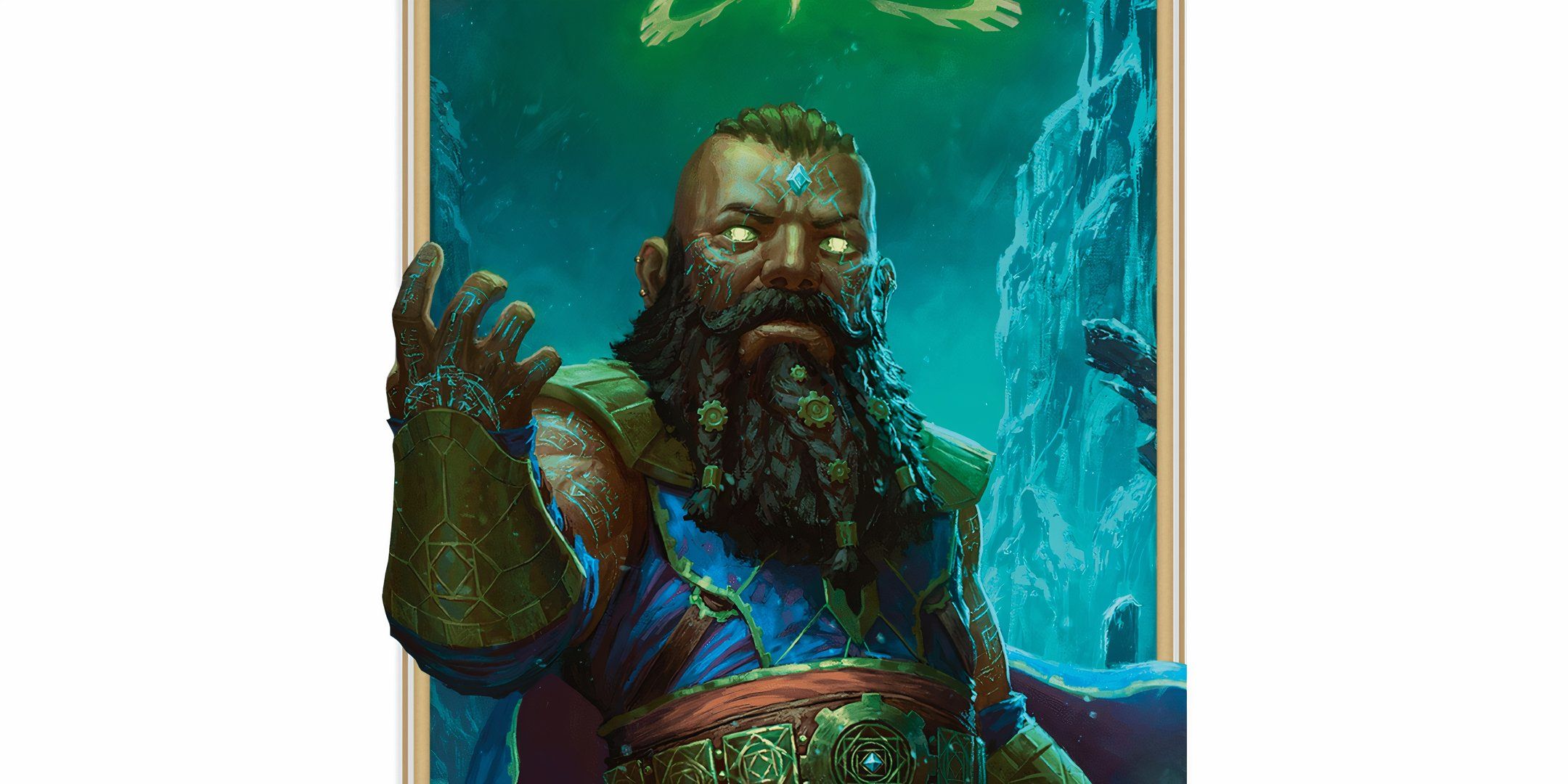

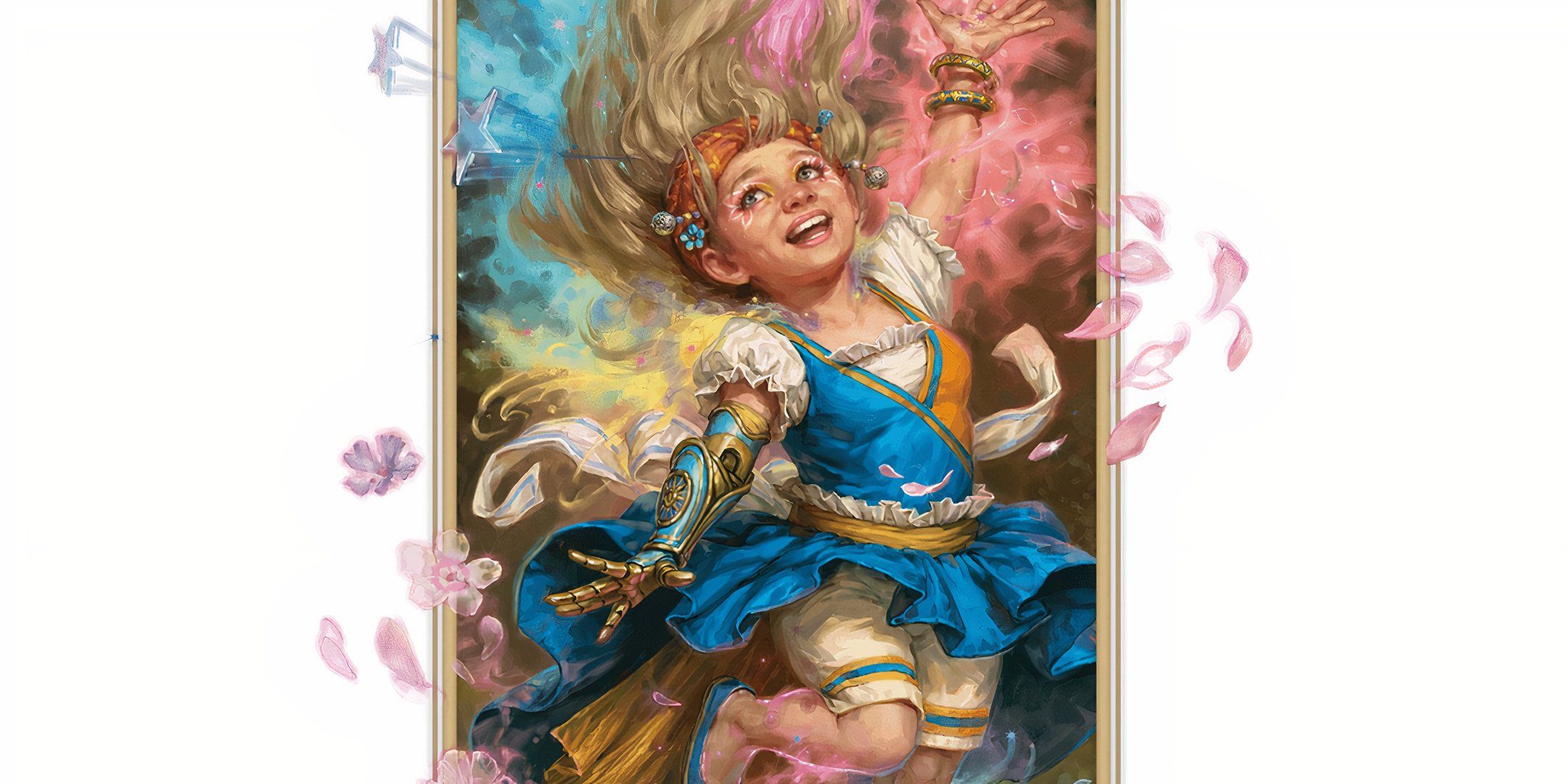
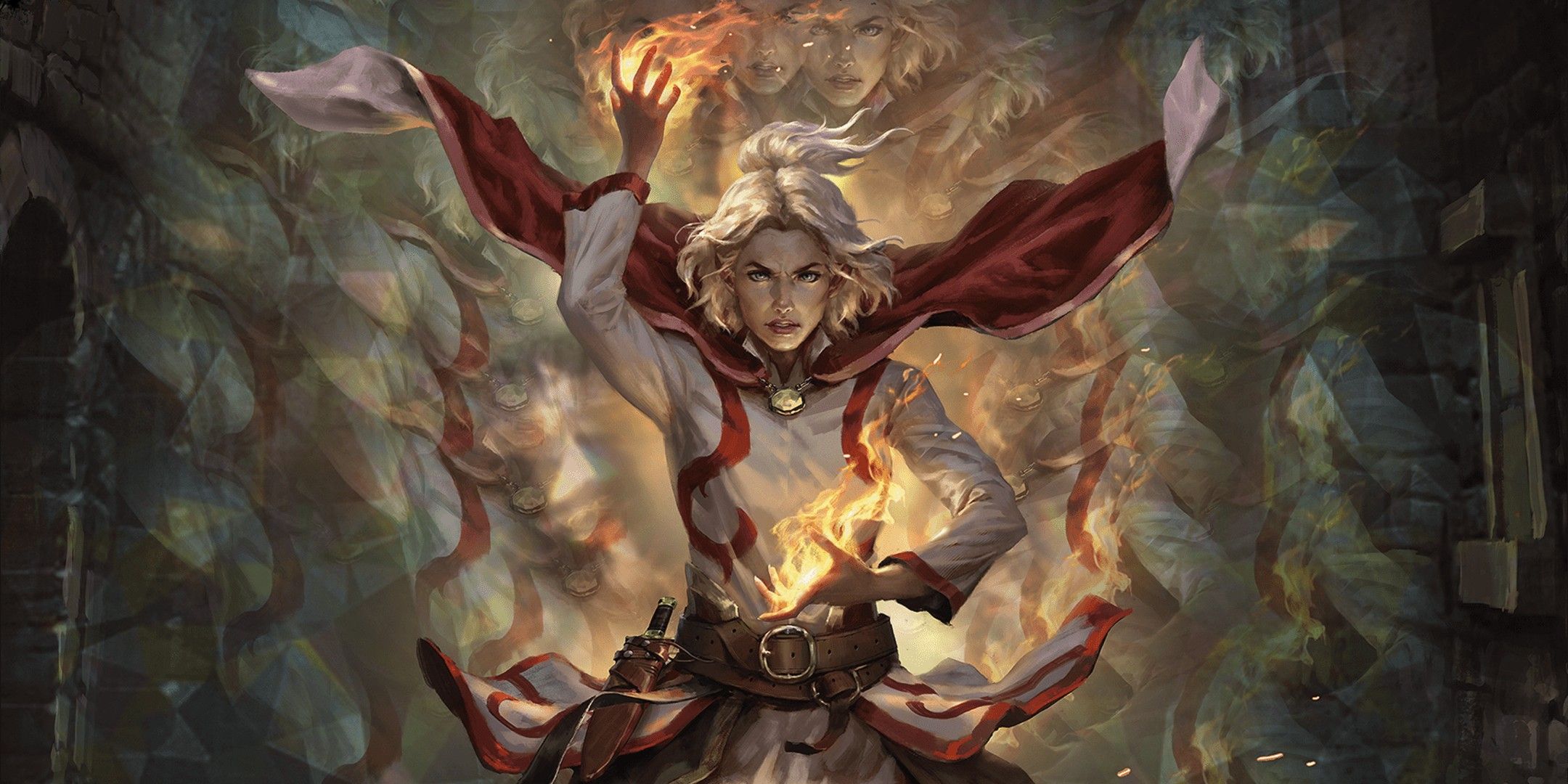
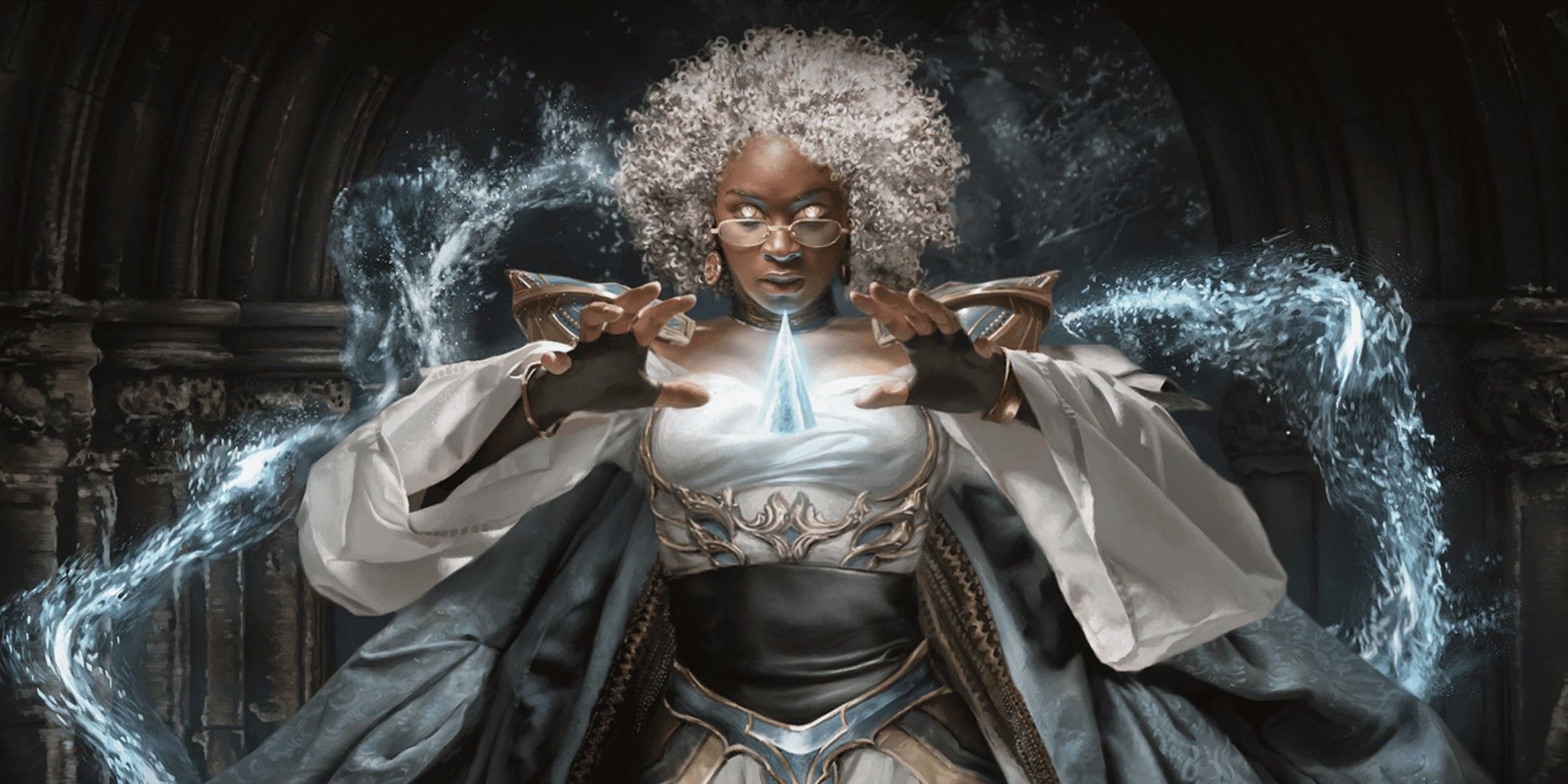
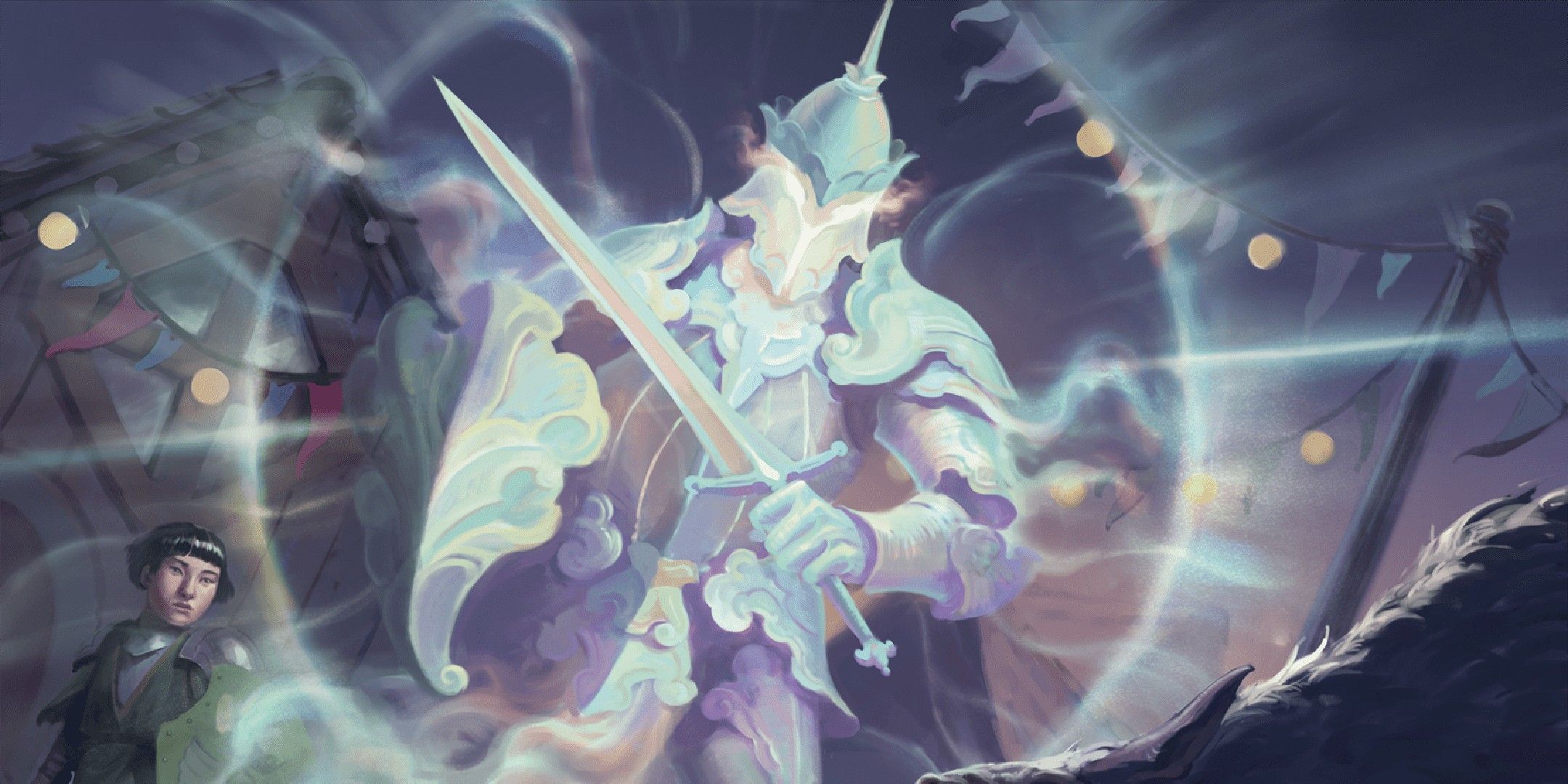
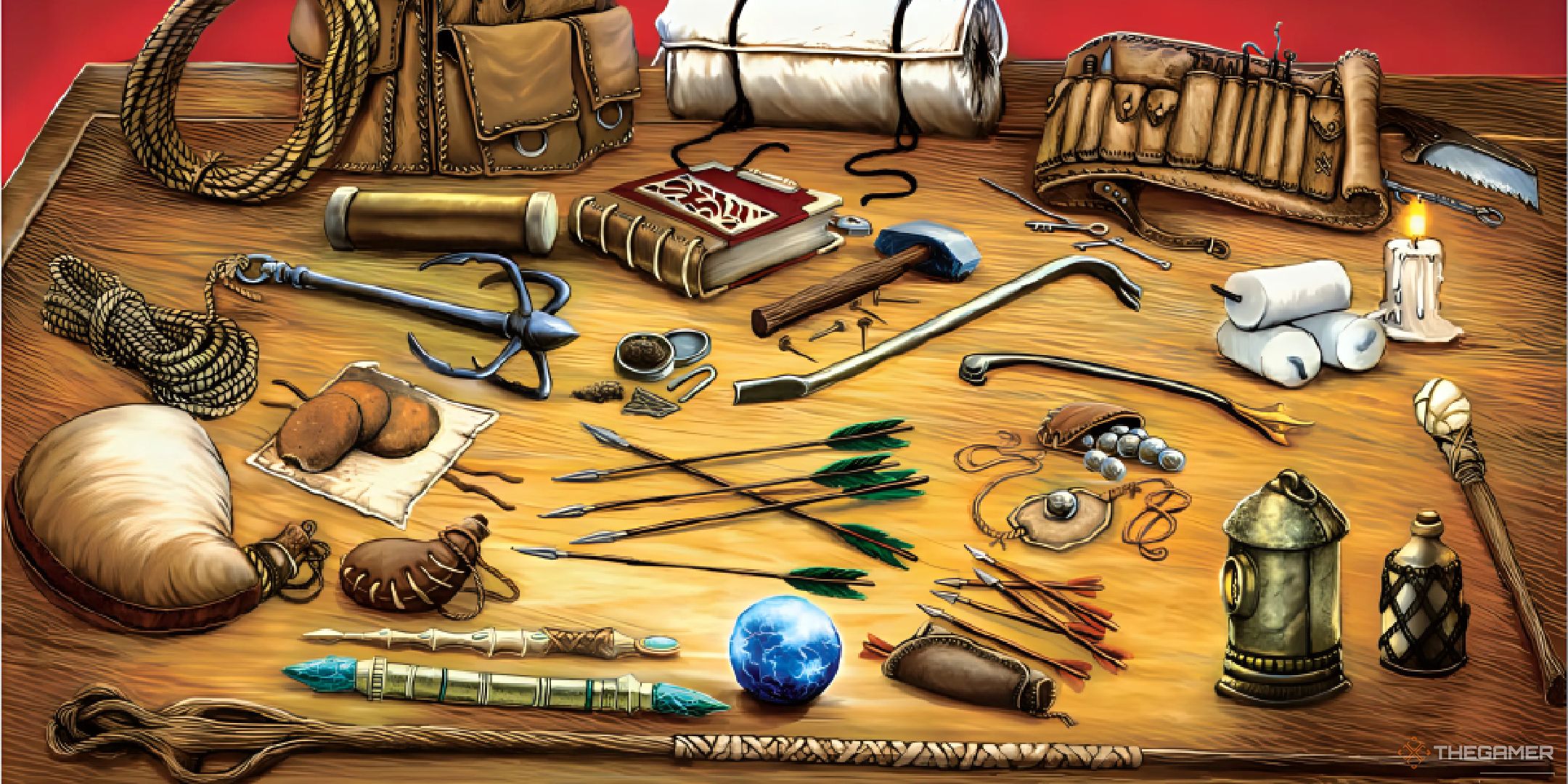
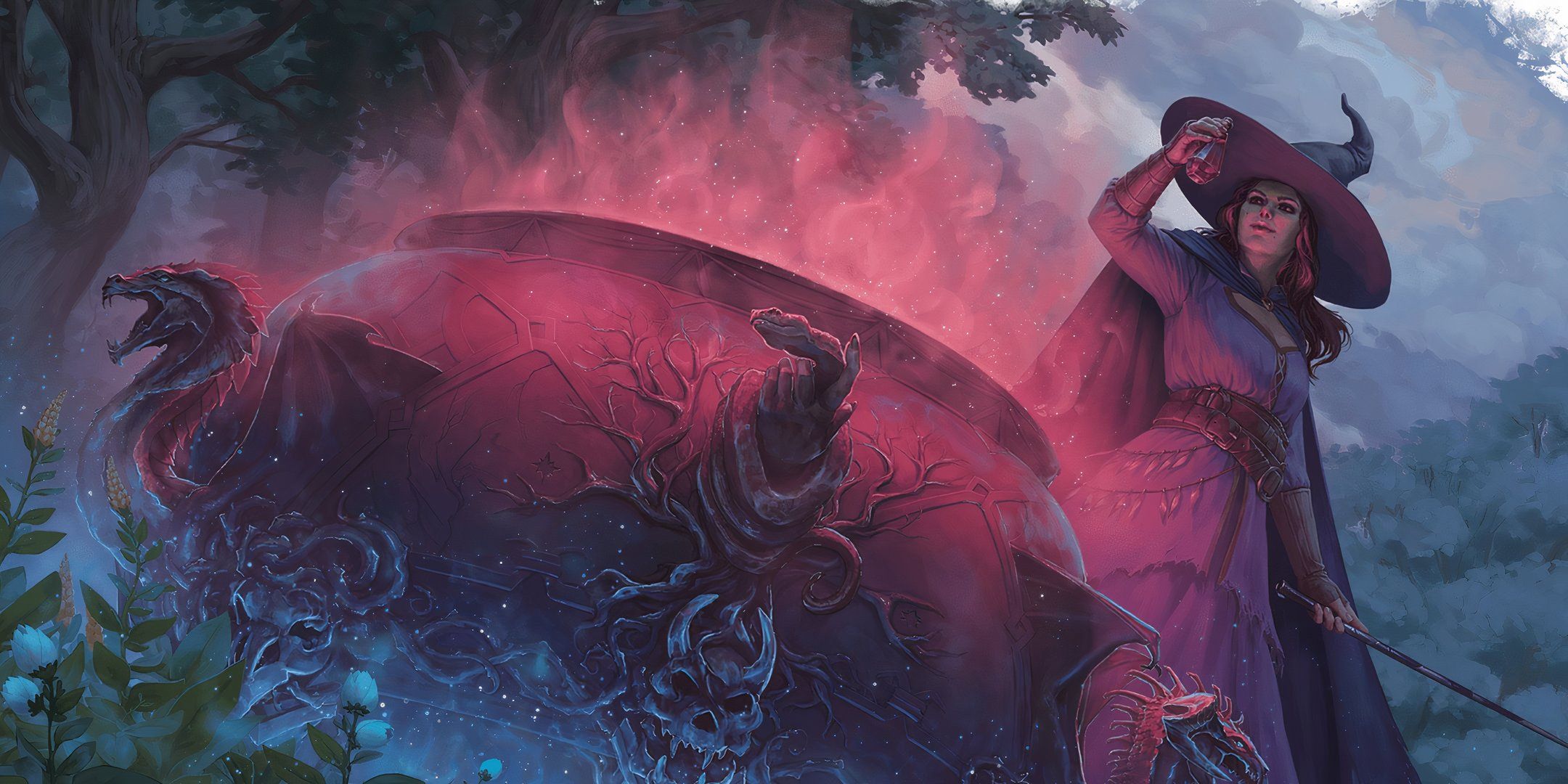
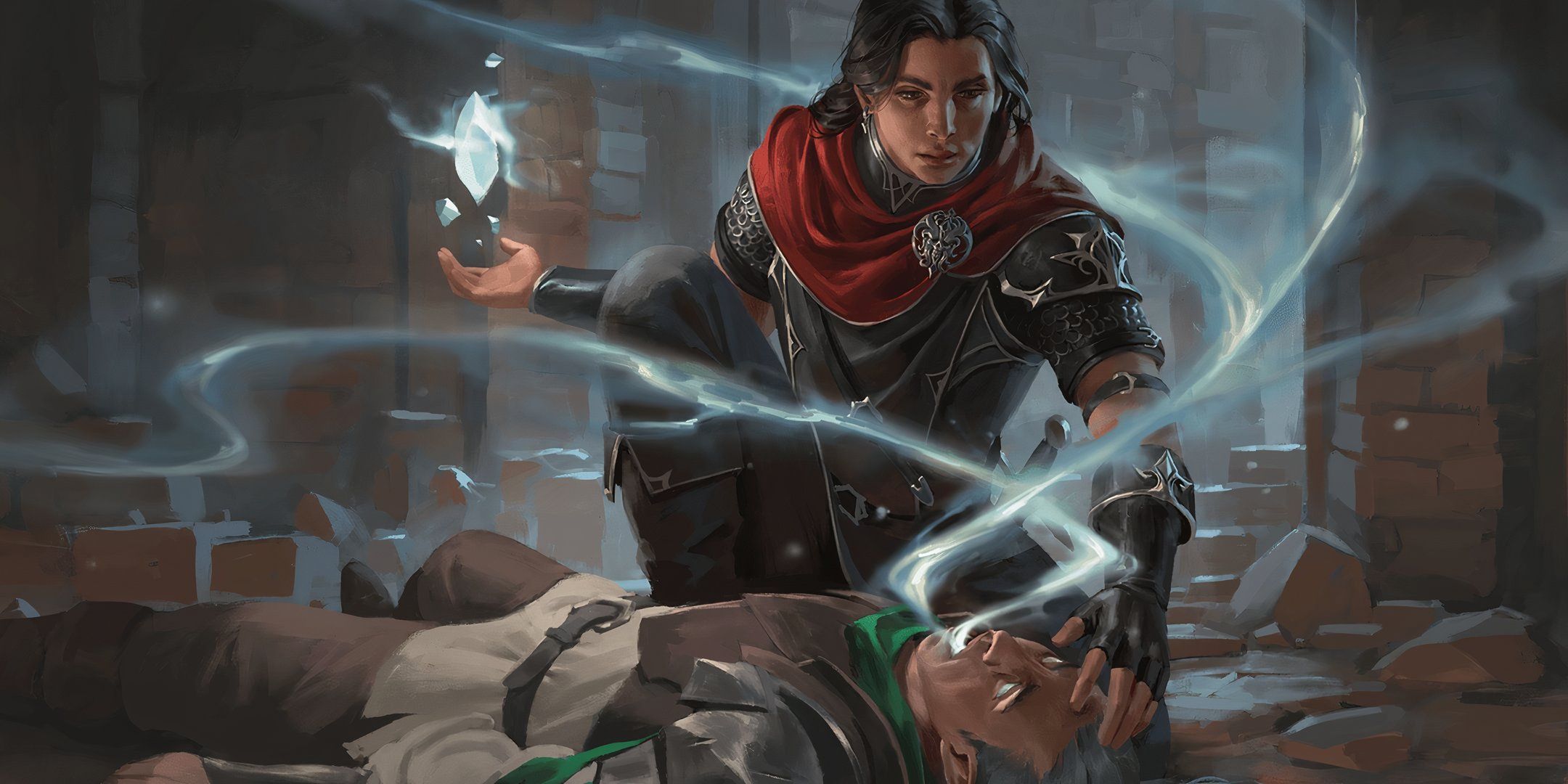
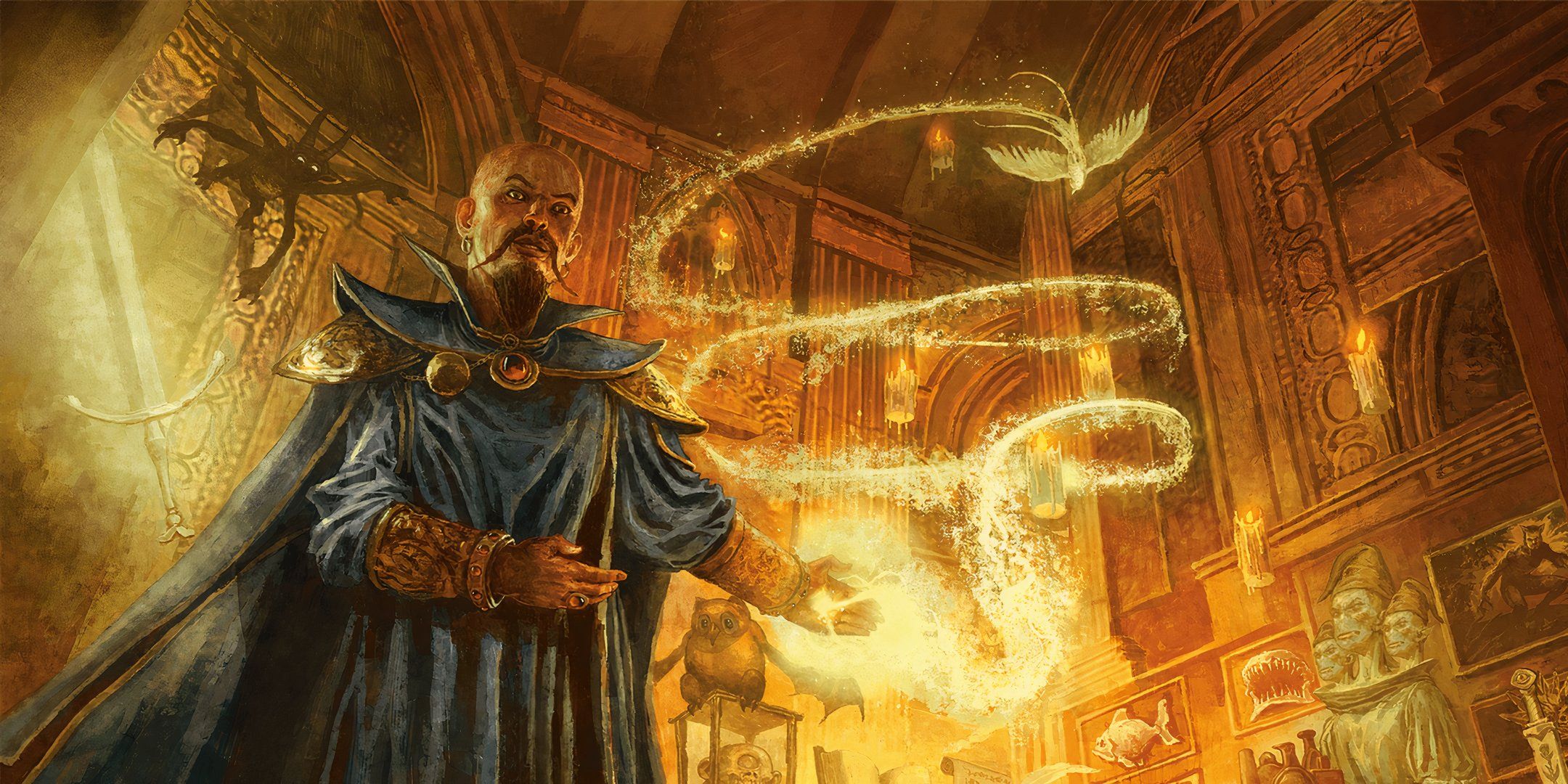


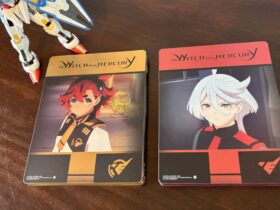


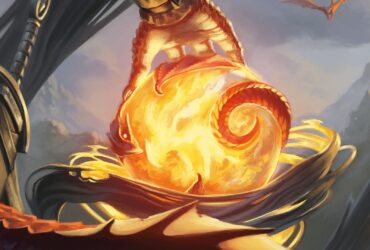




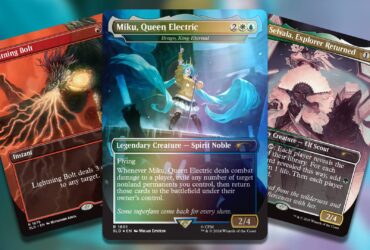
Leave a Reply